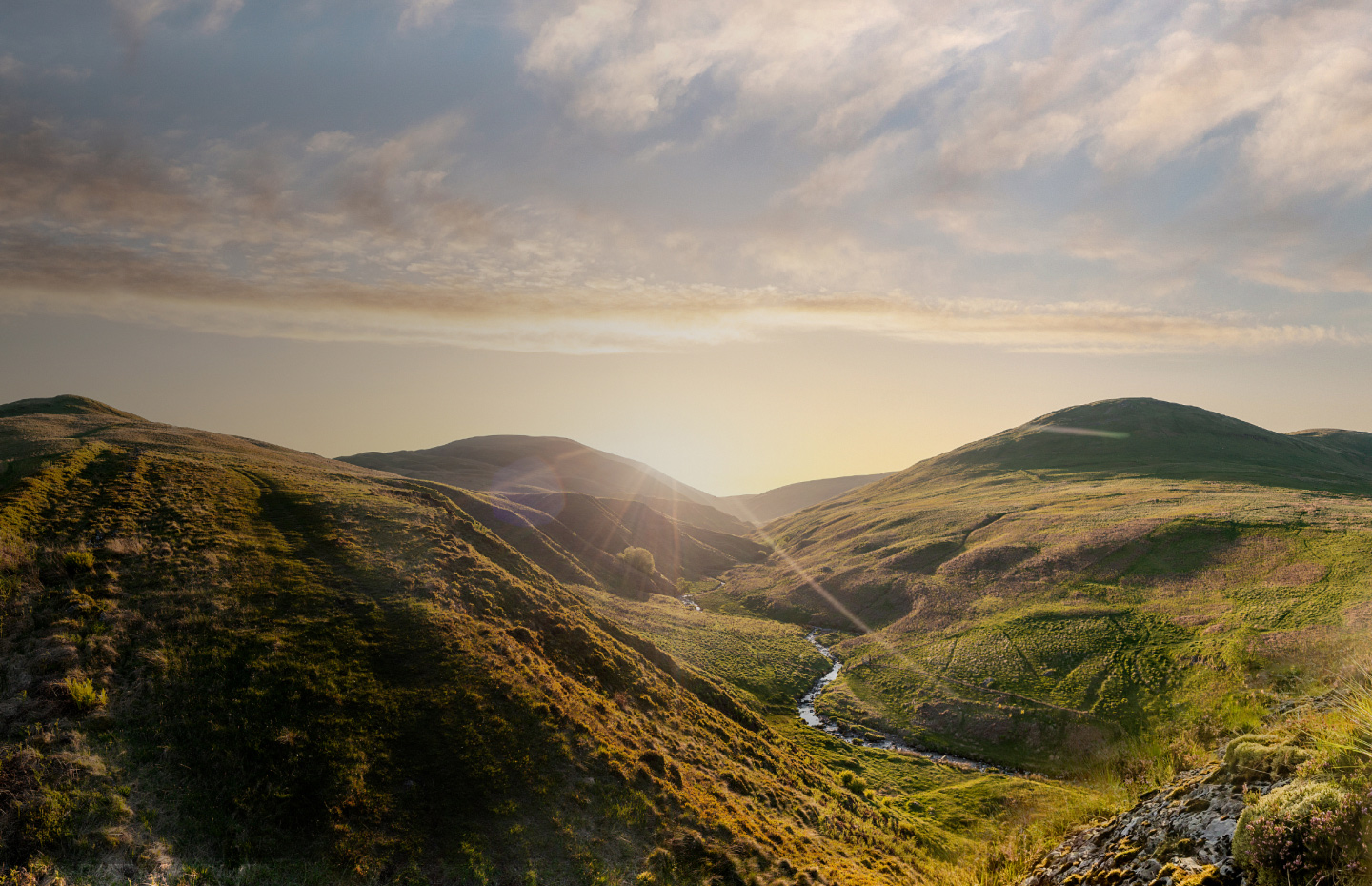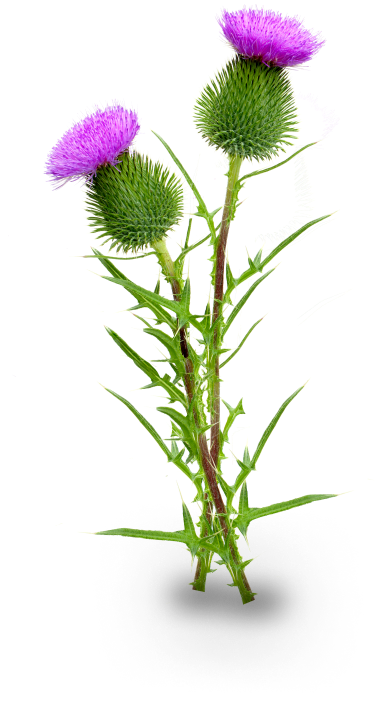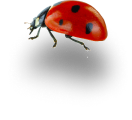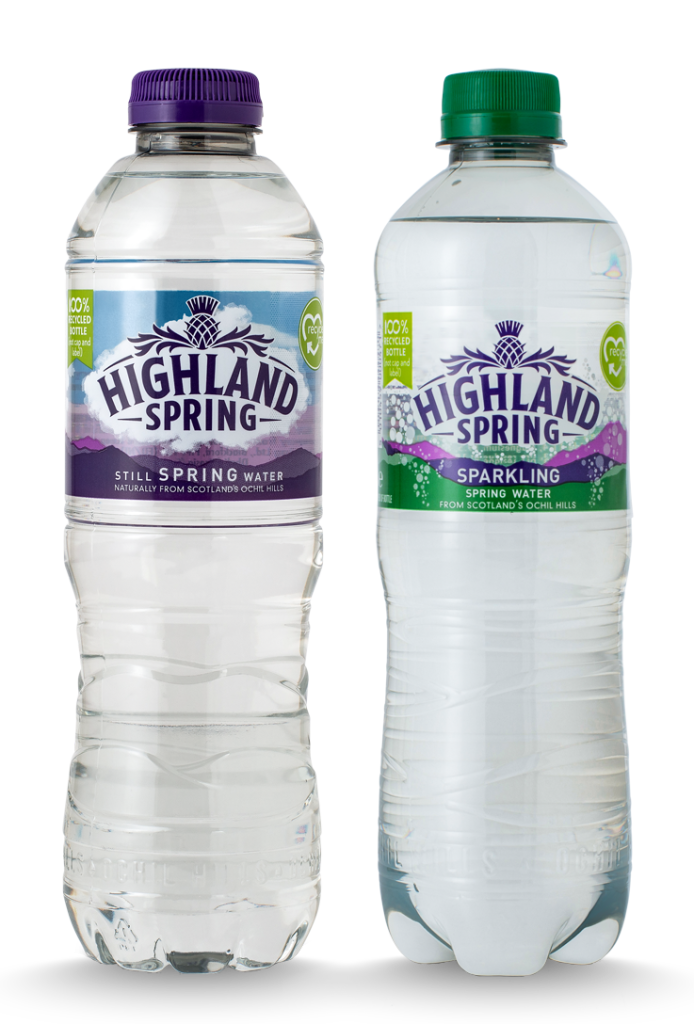
Dive Deeper into the
refreshing
world
of Highland Spring Water
The magic part

Quench your thirst for knowledge and discover the magic behind every drop of Highland Spring. Learn more about our water journey and its composition.




Step 1: The skies open
This is when rain gets its moment to shine. When it falls it hits nothing but the unspoiled grass, bush and heather of our organic land, trickling into the natural filter of basalt rock below. The journey to becoming Highland Spring has begun.

STEP 2: Natural Selection
Only the best water makes it through. Thanks to the layer of sandstone, only water that falls on high land gets as far as the layers of basalt rock below. This means that by time the water reaches the source, it is as pure as can be.

STEP 3: Worth the Wait
Now it’s time for nature to work its wonders with an all-natural filtration process. The water spends an average 15 years passing through layer upon layer of ancient basalt rock. Only then, is it considered pure and fresh enough to be deemed Highland Spring.

STEP 4: Always Moving
The journey of Highland Spring never stops. Our boreholes stretch down as much as 150 metres and bring the flowing water gently to the surface; the water never settles until it reaches the bottle you drink from. And there we have it.
Highland Spring. Water as nature intended.

The science bit
Highland Spring water is classified as lightly mineralised with a dry residue of 170/180mg/l.
The sodium content of Highland Spring is very low at just 0.0056 grams per litre. The Food Standards Agency quotes a recommended maximum daily intake of sodium of 2.4 grams, which is the equivalent to 6 grams of salt. That means 1 litre of Highland Spring still or sparkling represents 0.23% of your recommended daily allowance of sodium.
Highland Spring Still water is approximately pH7.8 and the pH of Highland Spring Sparkling water is between pH4 and pH5 (it’s different because we add carbon dioxide to our Sparkling water to give us our bubbles!)
The plastic bottles used for Highland Spring water are made of PET (Polyethylene Terephthalate) which is the best plastic material available, and which has been scientifically demonstrated as safe for use with food and drinks. There is no Bisphenol A (BPA) in PET bottles. Rigorous food safety testing and regulation ensures its continued safety.